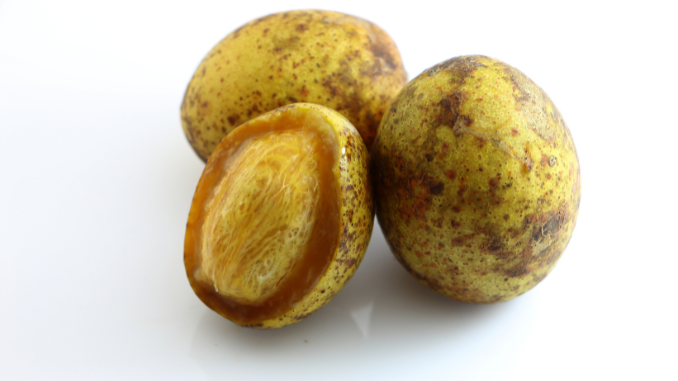Introduction
Spondias pinnata is a flowering plant of the cashew family called Anacardiaceae. the common names of this plant are hog plums, Spanish plums, and golden apples. all these names are based on their resemblance with the apple and plum and thus have nothing to do with the apple and plum family. Spondias pinnata benefits are as follows.
The fruit of this plant is a drupe that looks similar to mango but is smaller in size. These are 4-10 cm long with a single seed. Appears green when raw but turn yellow or orange when they ripen (1).
Medicinal use of Spondias pinnata
This plant is medicinally important and is used in many traditional cultures in India the sap of this plant is used for the treatment of dysentery, diarrhea, and skin diseases.
The bark of this tree is used in the treatment of joint pain, dysentery, and diarrhea. Fruits are good for the stomach, and aphrodisiac, and treat bronchitis, skin issues, and constipation. The roots are used for regulating the menstrual cycle.
Botanical description

Spondias pinnata is a deciduous tree. These are ornamental trees reaching a height of 12-18 m erect. the leaves of this tree are arranged in spirals and have a sour taste thus used for flavoring (2).
Flowers are not stemmed, white, and bisexual. Fruits are yellow and fleshy. Seeds are hard and have a fibrous surface with a soft edible middle part (3).
Nutritional value of Spondias pinnata fruit
The fruits of Spondias pinnata are rich in a variety of nutrients, these are as follows (4).
| S/N | Nutritional value | Amount |
| 1 | Total sucrose | 2.9 % |
| 2 | Glucose | 1.7 % |
| 3 | Fructose | 1.8% |
| 4 | Iodine | 0.45 -0.61 mg/kg |
| 5 | Food energy | 189-203 kcal/g |
| 6 | Crude fat | 12.23-12.24 % |
| 7 | Crude fiber | 3.13-4.03 % |
| 8 | Total carbohydrate | 23.54-16.30 % |
| 9 | Sodium | 1.38-0.96 % |
| 10 | Calcium | 0.93-0.15 % |
| 11 | Potassium | 83.60 mg/10g |
Spondias pinnata health benefits
1. Treats dysentery
The aromatic leaves and bark are used to treat dysentery. it also helps in preventing vomiting.
2. Effective against rheumatism
In some parts of India, the paste of the bark mixed with water or of the fruits is used to treat both articular and muscular rheumatism diseases. the paste is also helpful in relieving sprain and strain.
3. Treats gonorrhea
The decoction of the bark is used to treat gonorrhea.
4. Antimicrobial activity
The paste of bark and fruit is having potent antimicrobial activity. Studies show that the methanolic paste of the bark has antibacterial activity against B. subtilis.
5. Analgestic property
The bark of this plant possesses analgesic properties. That is this plant is capable of relieving pain (5).
